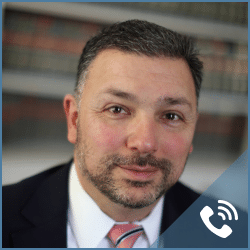Driving Blind: The Risks of Driving at Night
Last updated Friday, November 29th, 2024
People driving at night face an increased risk of becoming involved in an accident than when driving during the day time. It is mainly known as driving blind.
For many people in Connecticut and across the nation, the day does not end when the sun sets. Drivers continue to fill the streets, traveling to their necessary destinations. Although the flow of traffic may seem normal during nighttime hours, the dangers of driving at night are significantly higher than they are in the daytime. According to the National Safety Council, people are three times more likely to be involved in a fatal traffic accident at night than they are during the day. This may be due to the fact that there are unique hazards to be aware of when driving at night.

Get Your FREE Case Review,
In Person or Virtually Online
Reduced vision
Although headlights and streetlights help to illuminate the road, the surrounding darkness limits a person’s ability to see, especially for elderly drivers. Not only is it more difficult to judge the distance of an oncoming vehicle in the dark, but it can be hard to determine speed as well. Color recognition and peripheral vision are also reduced at night.
The glare of bright headlights can also limit a driver’s vision, and may cause temporary blindness in some cases. When the eye is adjusted to low light levels at night, and is then inundated with bright light, it can cause night blindness or the inability to see immediately following the bright light.
Driver fatigue
It is natural for motorists and truck drivers to feel drowsy while driving at night. After all, the human time clock is set to sleep when it is dark outside. Studies show that when people do not follow a normal sleeping pattern, they often have reduced reaction times and may have difficulties focusing or staying alert.

Get Your FREE Case Review,
In Person or Virtually Online
Other considerations
The National Highway Traffic Safety Administration reported that the number of people who buckle up can vary by nearly 30 percent from day to night. Nighttime drivers are also more likely to speed and drive recklessly. Motorcyclists and pedestrians face an increased danger at night, as motorists are not as likely to spot them when changing lanes or traveling through traffic. Furthermore, there are greater numbers of drunk drivers on the roads during the evening hours and throughout the night, especially on the weekends.
Recovering from an injury and compensation
People who have been involved in a motor vehicle crash may have questions regarding their rights to medical treatment and compensation. A personal injury attorney may be extremely helpful to people who have been victimized by a negligent or reckless driver.

